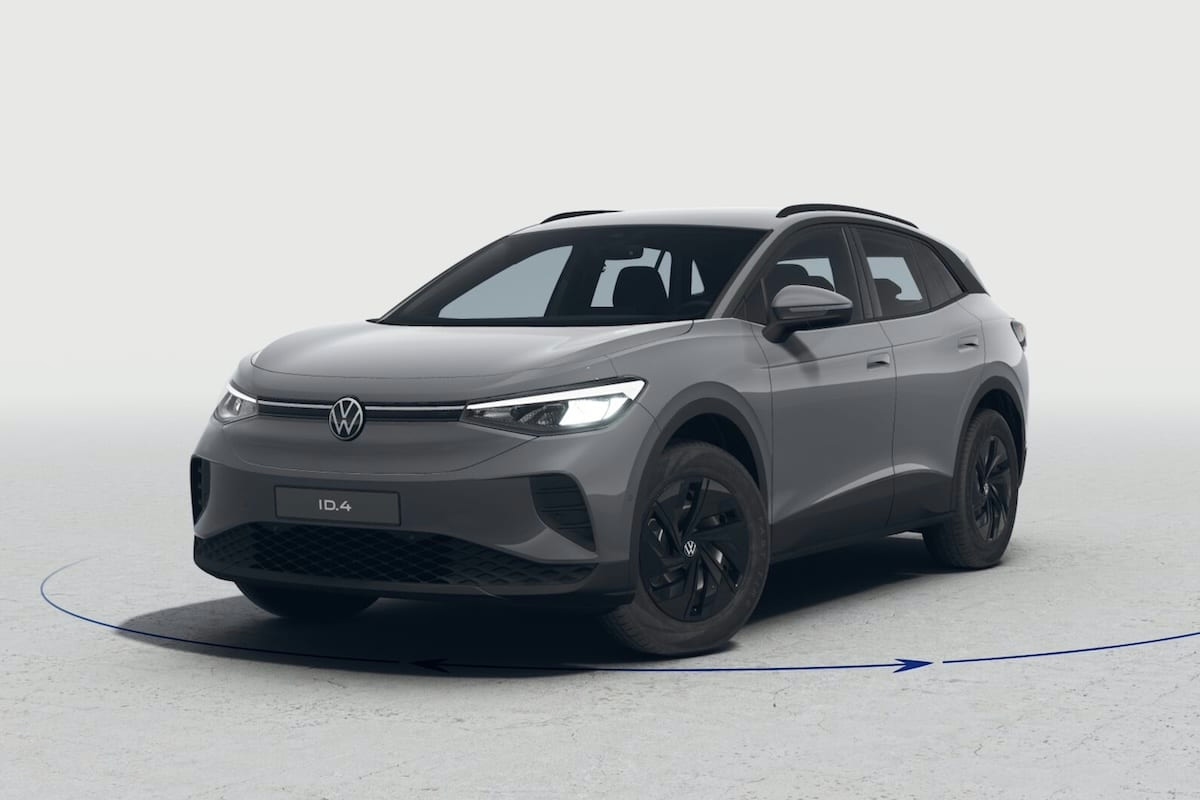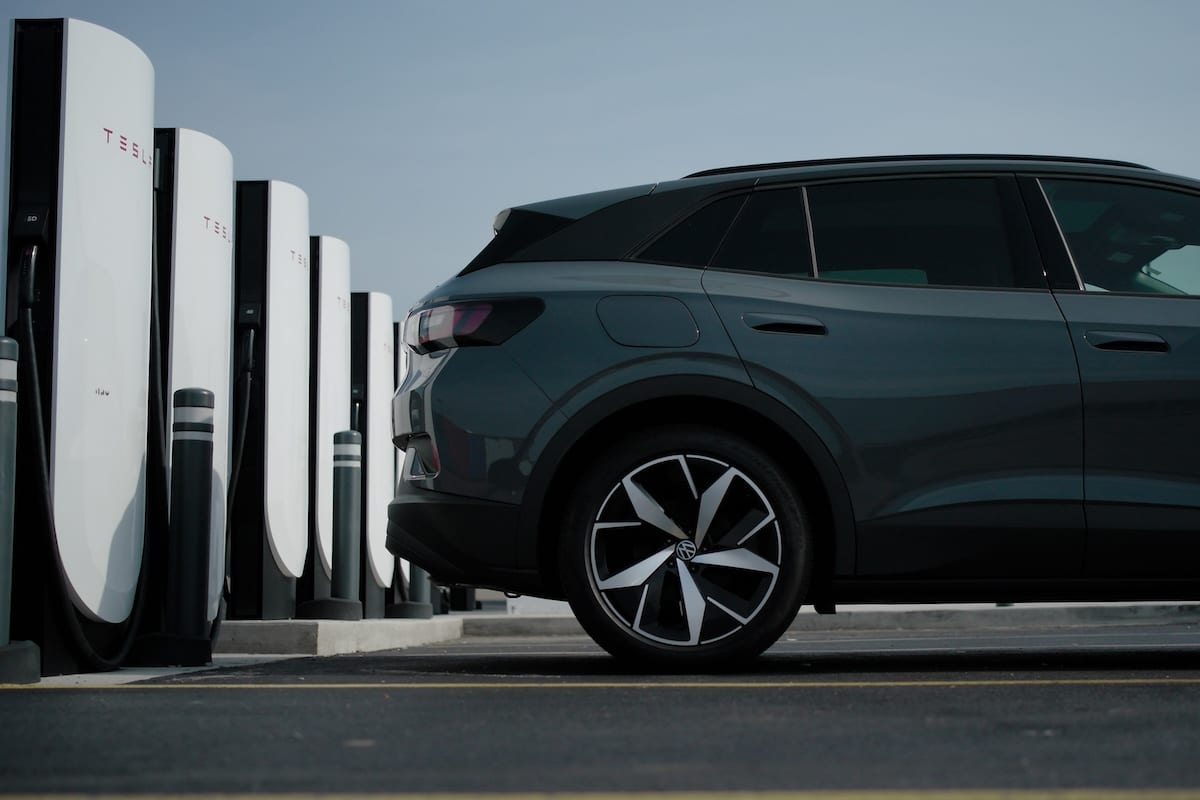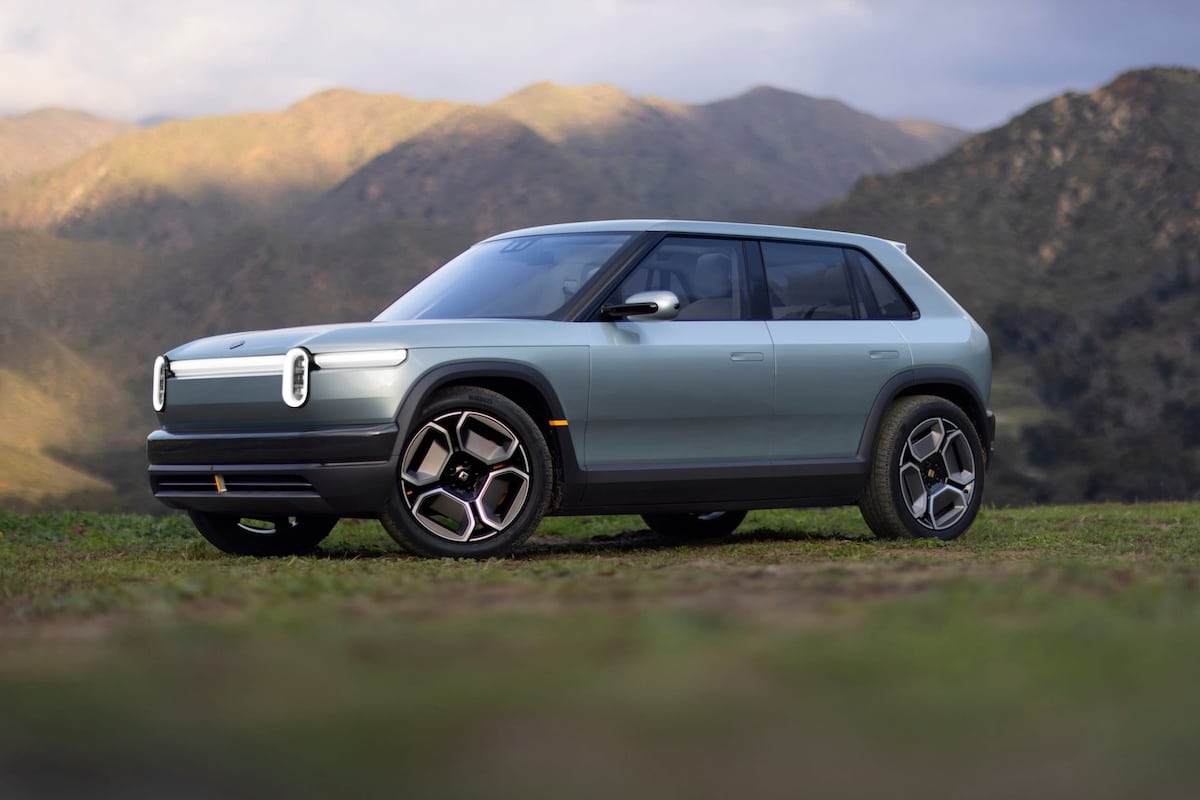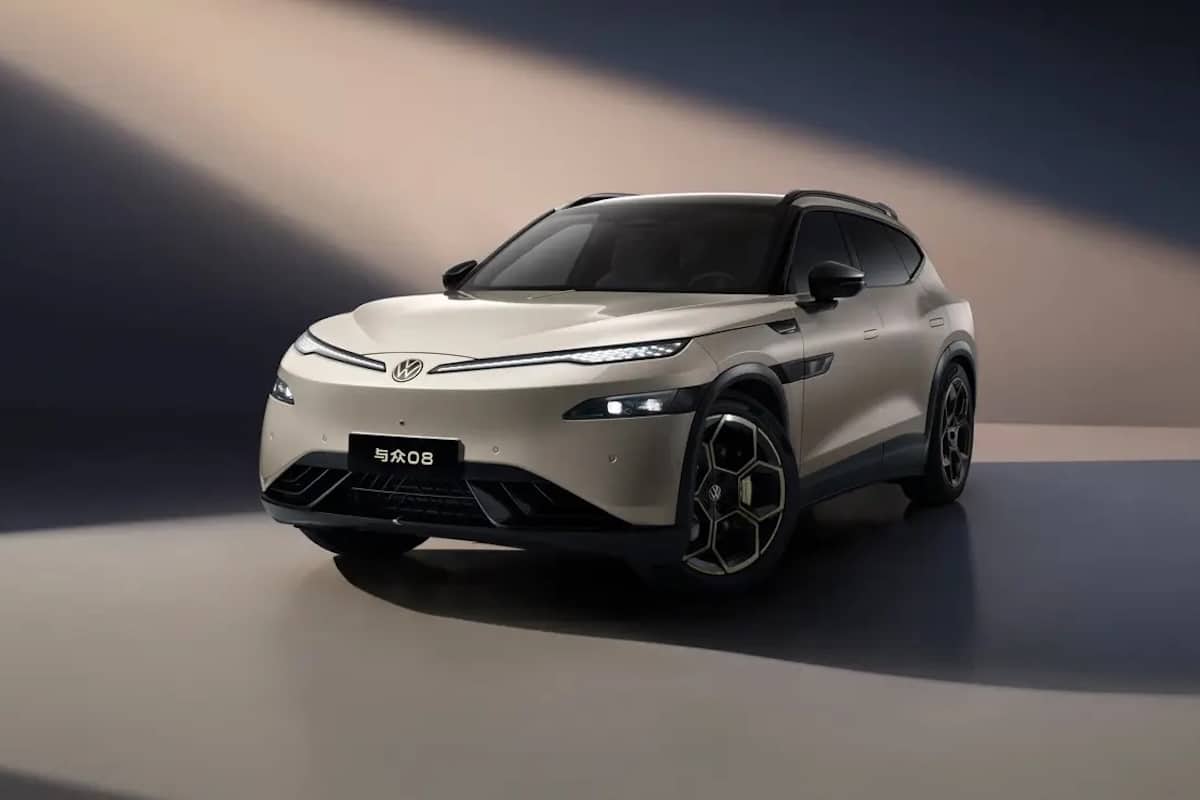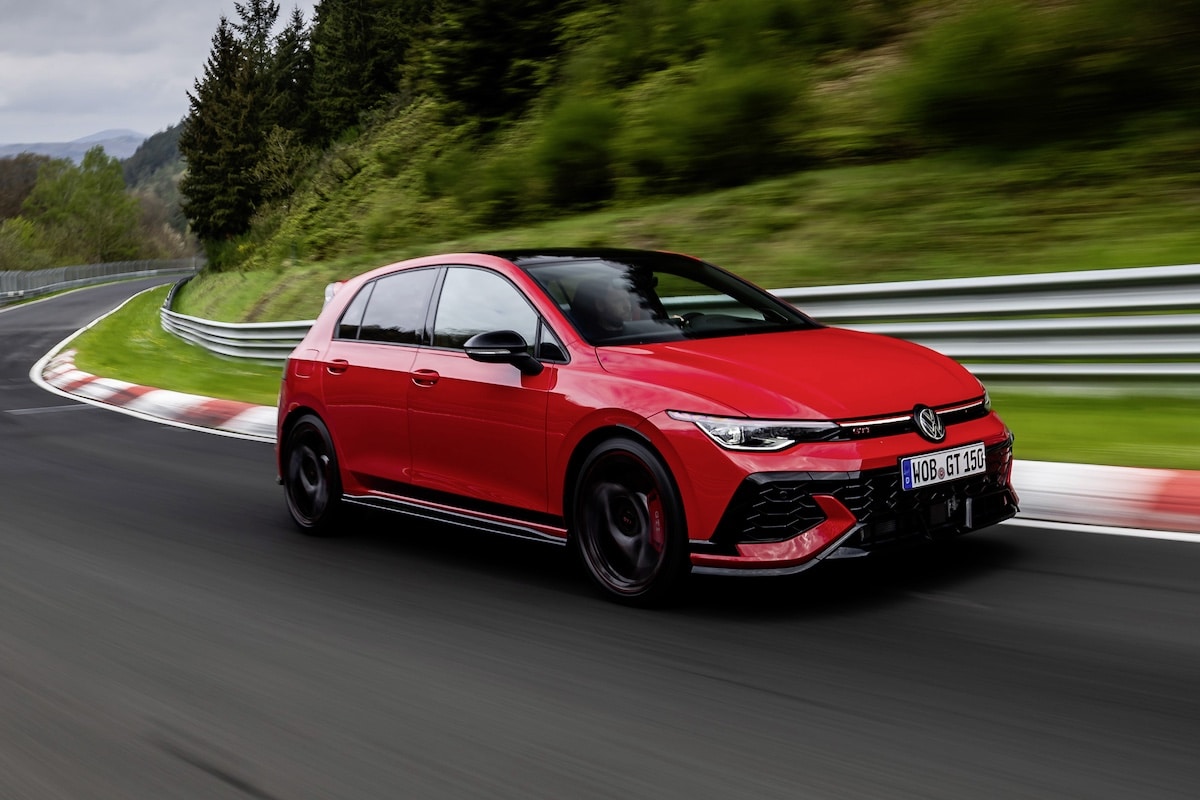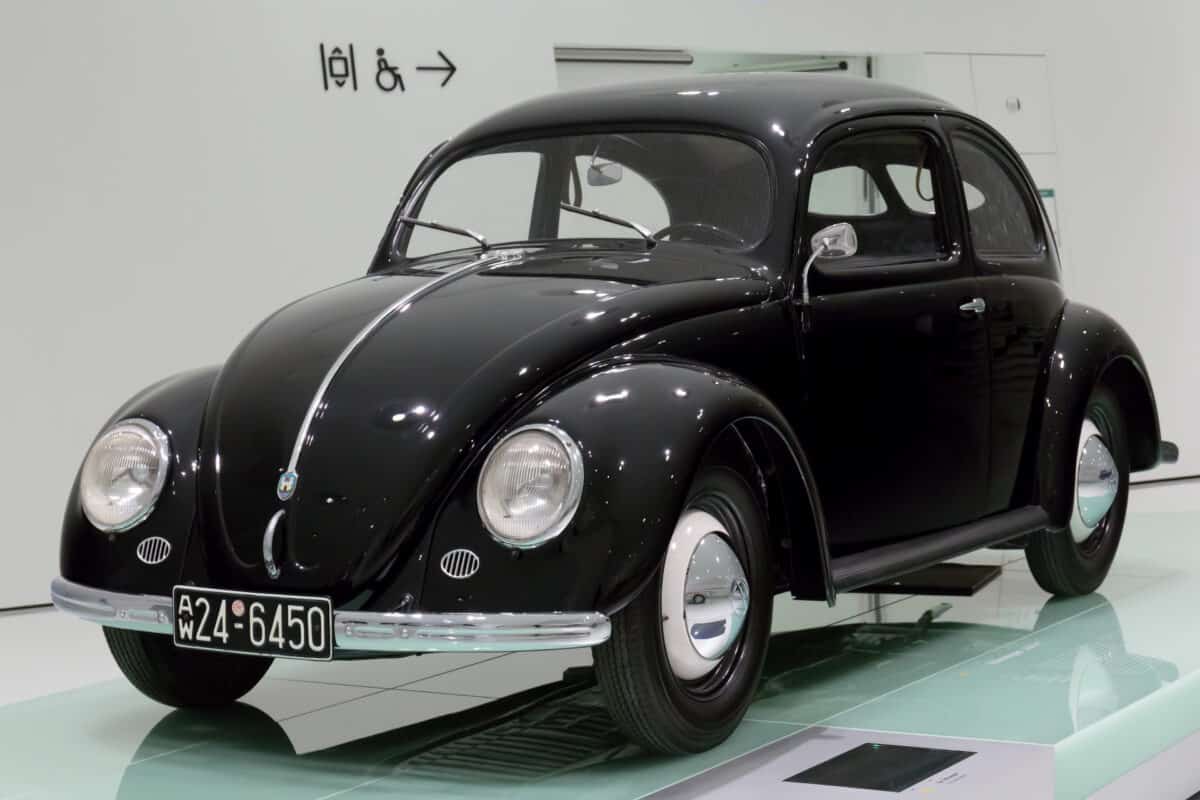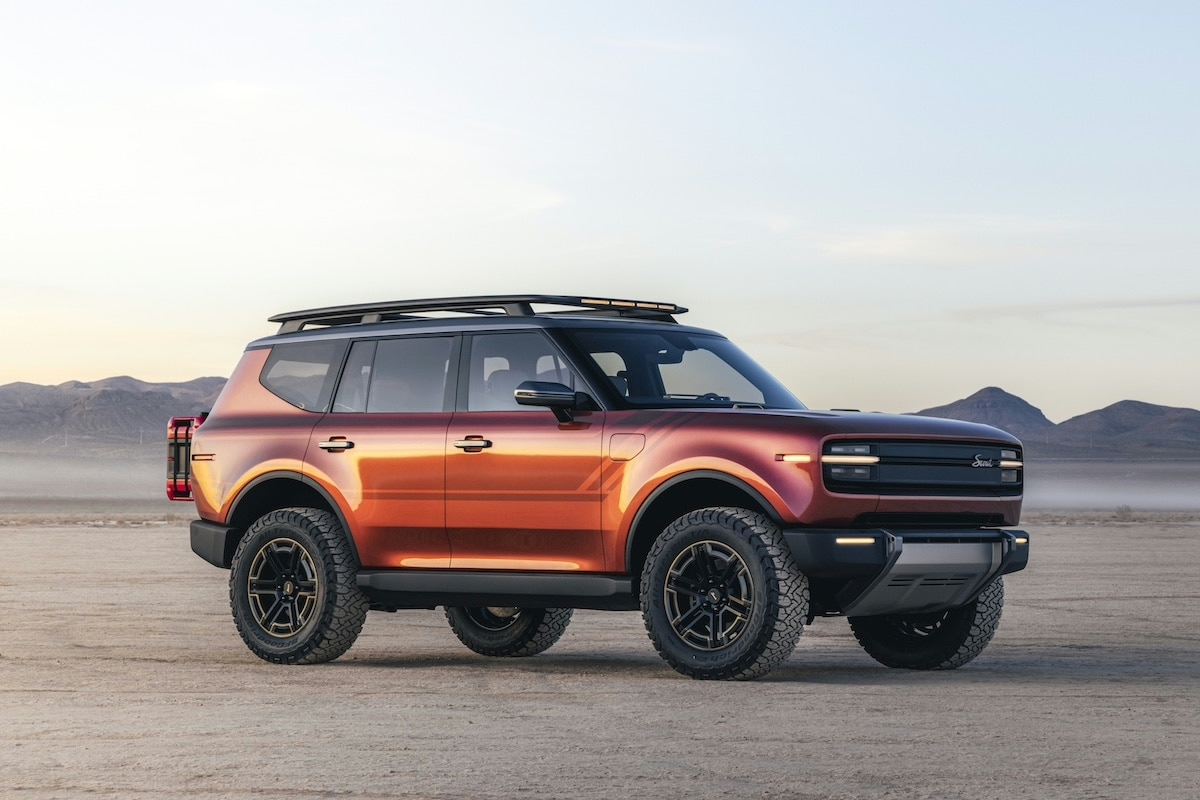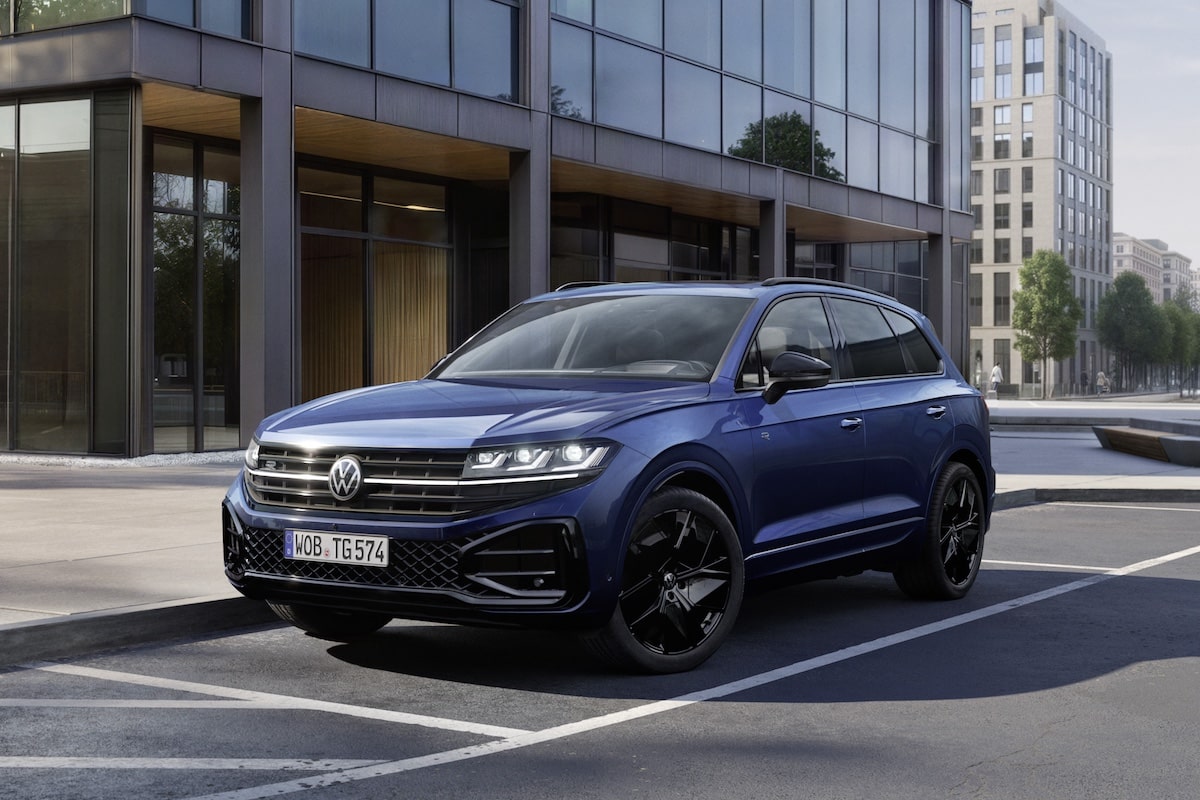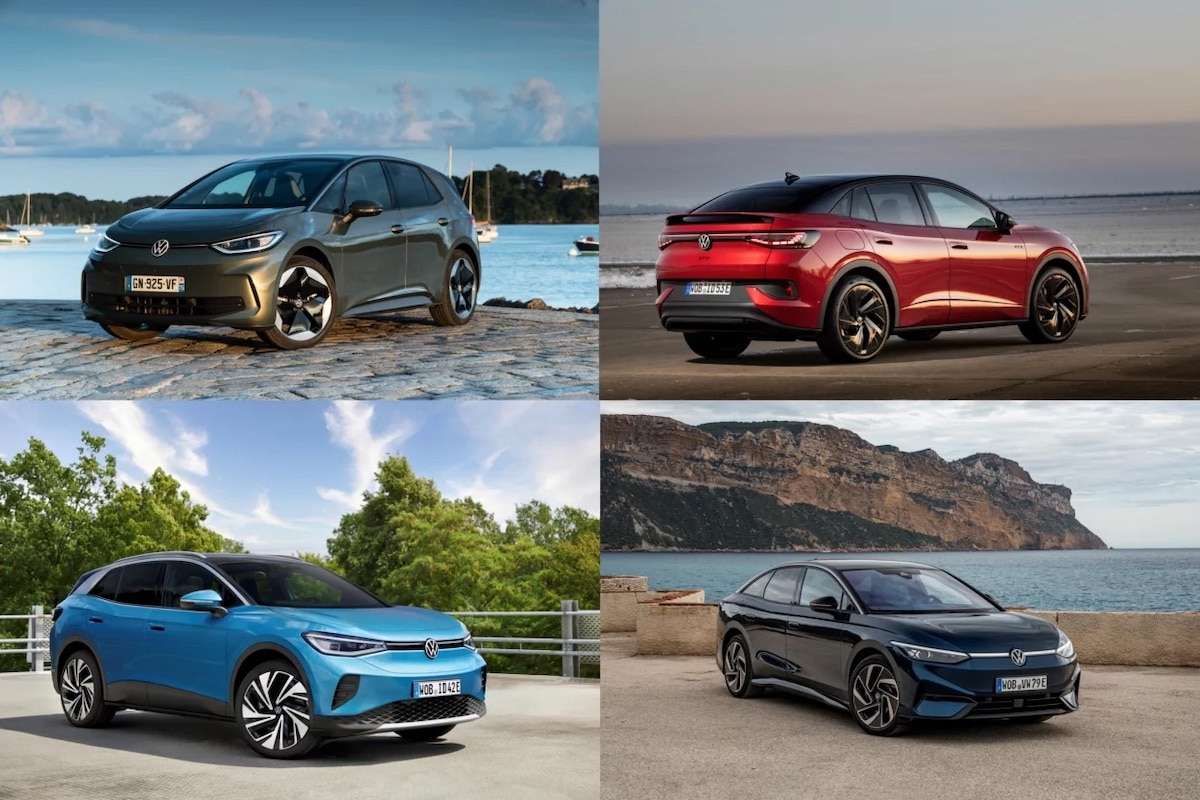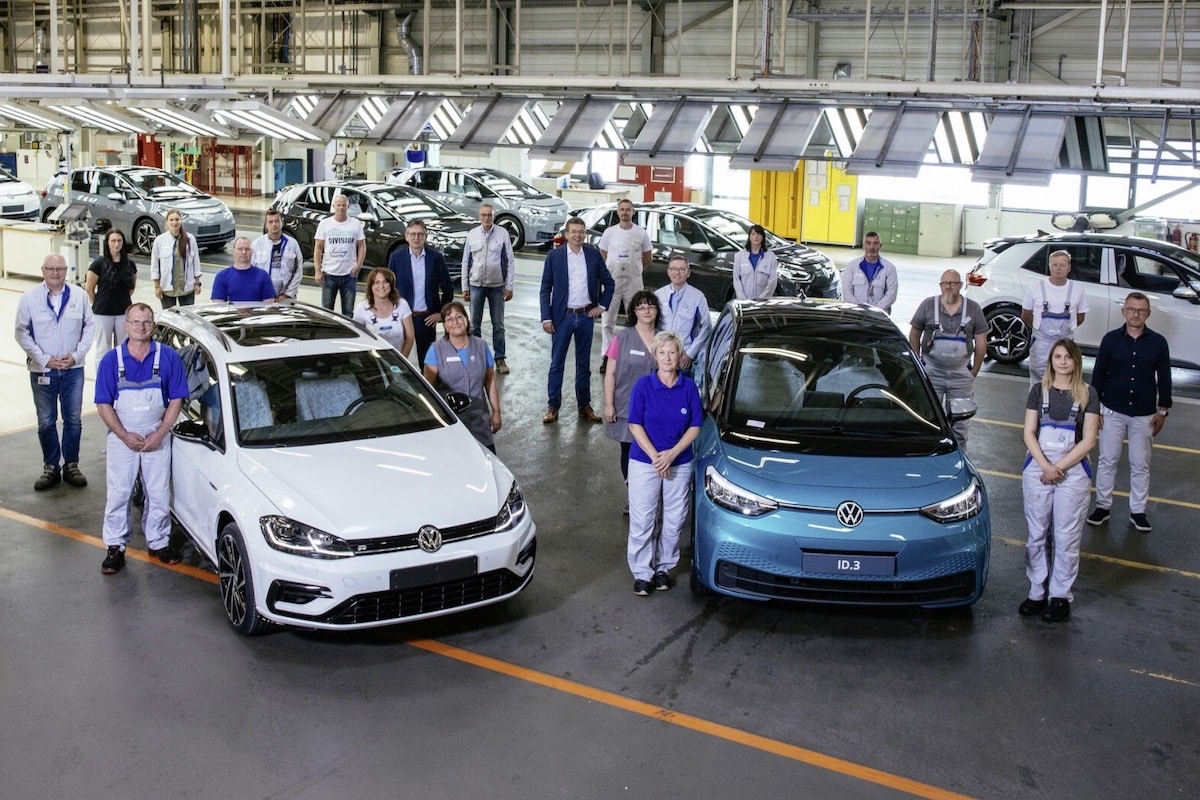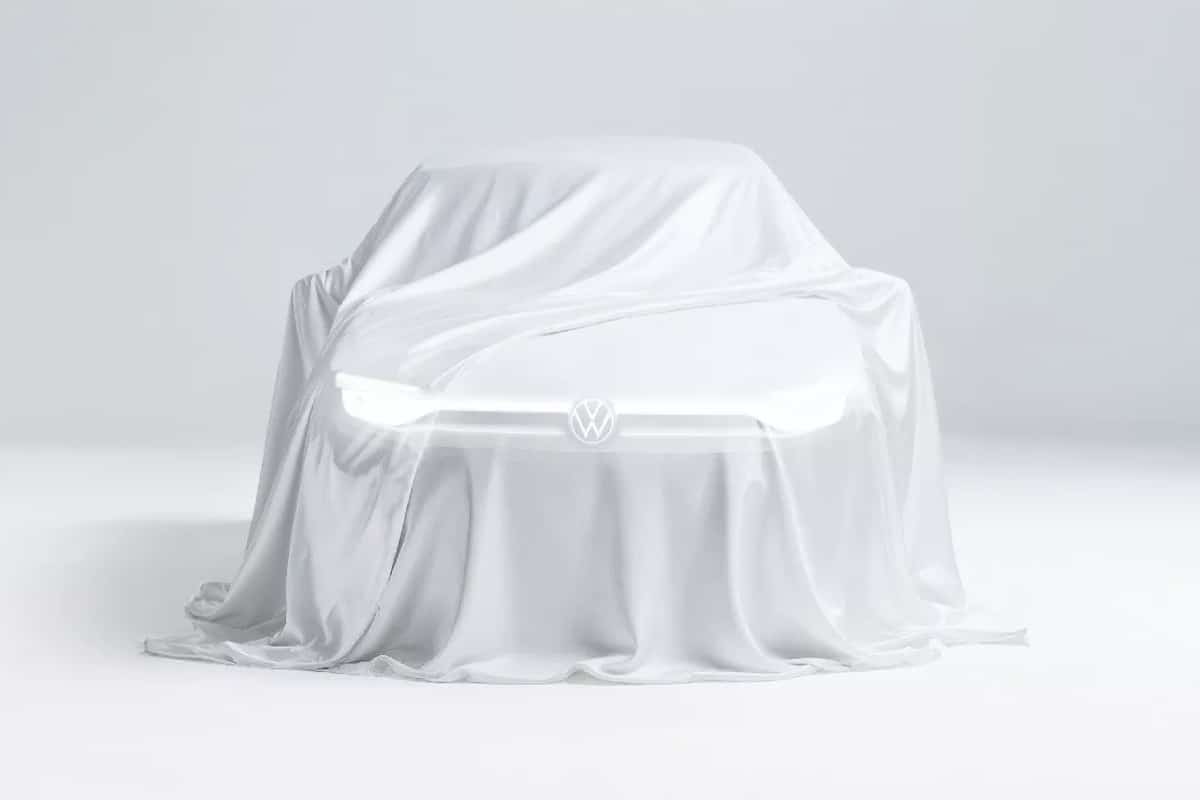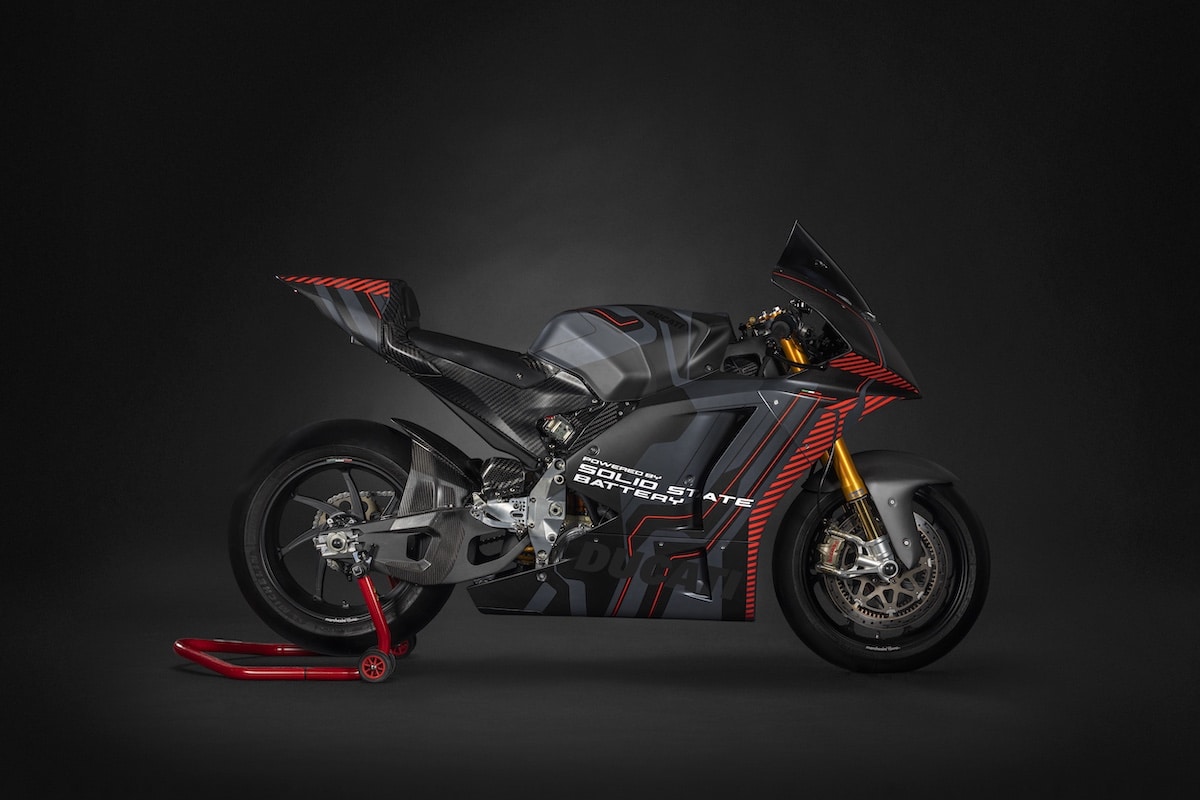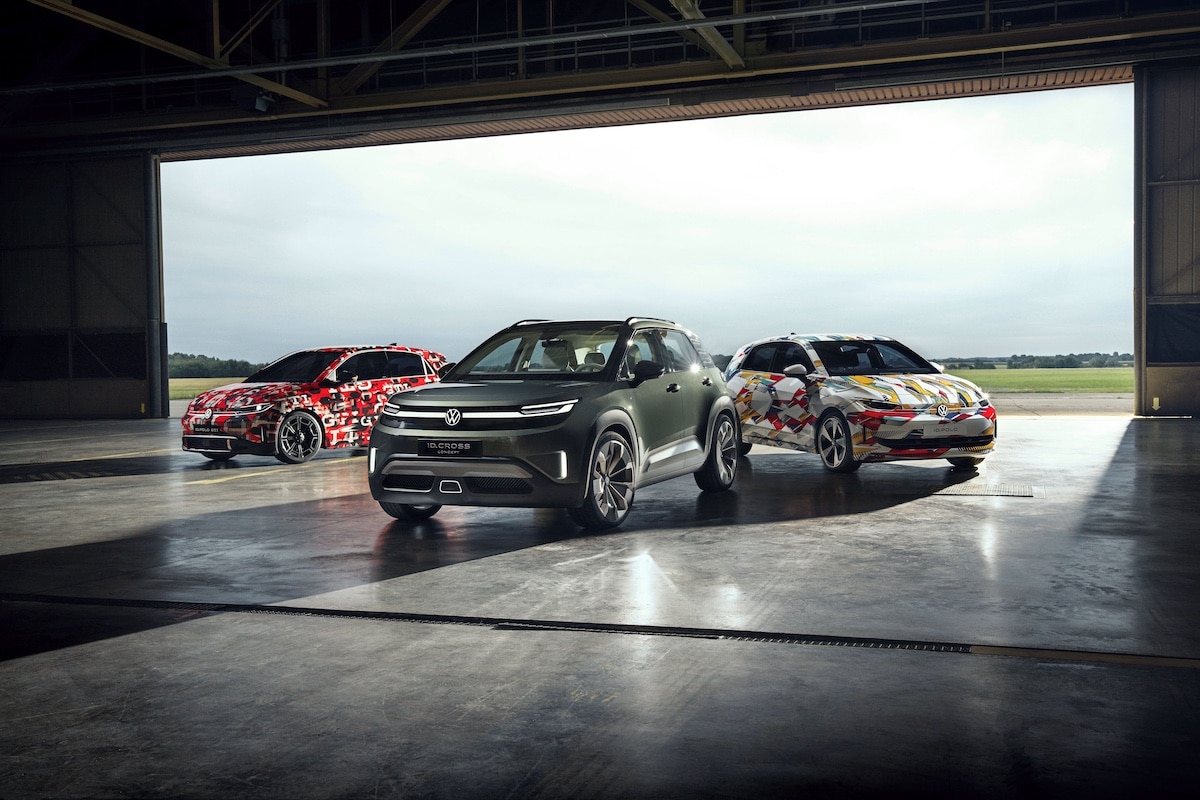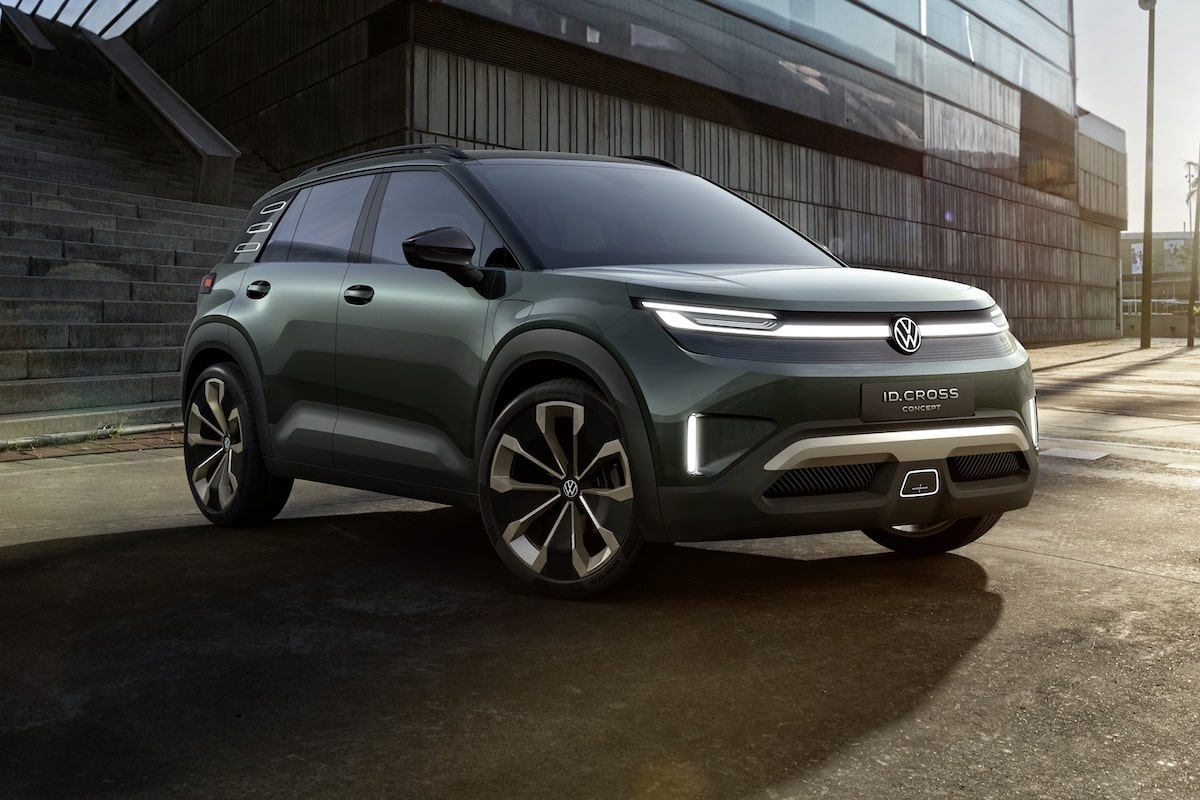Volkswagen
The models of the brand: Volkswagen
Volkswagen e-up!
It is the oldest of the brand’s entire electric range. The petrol version has existed since 2011, and the 100% electric version of the up! since 2015. Its small battery (19 kWh) limited its range to 120 km per charge. In 2020, it received a 36.8 kWh pack to deliver 255 km of autonomy. Its high launch price is around 25,000 euros in 2022, which is average for small city cars under 4 meters.
Volkswagen ID.3
This is the first car from the German group’s electric platform. This compact car, measuring 4.26 m, is the size of a Megane but offers space worthy of a sedan. Available in three battery sizes and many finishes, the ID.3 is currently only available in the 58 kWh version, 204 hp, priced at 44,990 €. Its range reaches 556 km on the large battery.
Volkswagen ID.4
SUV version of the ID.3, this model arrived at the end of 2020 with a length of 4.58 meters. Targeting families, the ID.4 nevertheless offers the same motors and batteries as the compact: 52 and 77 kWh, and 148 to 204 hp. It starts at 43,000 euros in 2022, but the new sporty GTX version with 299 hp adds excitement… and a bigger budget.
Volkswagen ID.5
This electric SUV rides the trend of coupe SUVs, featuring a sloping roof at the rear. In short, it is a car that is very little different from the ID.4 in terms of body, and strictly identical from a technical perspective and with the same cabin. However, its range is smaller with only the 77 kWh battery, hence the entry price of nearly 55,000 euros.
©Volkswagen
Volkswagen ID. Buzz
The VW Combi remains in everyone’s memory, as a cool vehicle for surfers, campers, or hippies. The Transporter succeeded it and continues today, but it retains petrol or hybrid engines. For electric, Volkswagen has decided to relaunch the van with retro touches. The brand gives it the MEB platform of the ID.3 & co., and duplicates its offer for individuals and professionals with the “Cargo”. All this for a price under 48,000 euros excluding VAT in this last variant, compared to nearly 57,000 euros for the 5-seater shuttle.
Future Electric Volkswagens
It’s not over, despite an already established range. The Volkswagen ID. Aero will be the brand’s first electric sedan in 2023. It is still unknown if this will be its final name, but its base will indeed be the MEB and with a maximum range exceeding 600 km. In 2025, the Volkswagen ID.1 (or ID.2) will replace the e-up!, and 2026 is the date when the new SSP platform will likely bring new vehicles including the Volkswagen Trinity.
Signifiant “Voiture du peuple”, le nom Volkswagen provient de 1937, initiative d’Adolf Hitler ayant commandé une voiture accessible à Ferdinand Porsche. Anecdotique, la voiture n’a vraiment démarré sa production qu’après la Seconde Guerre Mondiale est devenue Coccinelle en France. La Volkswagen Golf, toujours la voiture la plus vendue en Europe aujourd’hui, a débuté sa carrière en 1974.
Volkswagen n’est pas qu’une marque, mais un groupe automobile. Après Audi en 1964 servant de filiale haut de gamme, Seat en 1986 puis Skoda en 1991, Lamborghini et Bentley en 1998 et l’intégration de Porsche en 2009, Volkswagen AG est l’un des trois grands de l’automobile mondiale avec General Motors (GM) et Toyota. Il vend entre 8 et 10 millions de voitures neuves par an.
Présentation de la marque : Volkswagen
Comme beaucoup de constructeurs, Volkswagen a misé sur l’électrique comme solution d’avenir au lendemain de la crise pétrolière de 1973. Mais c’est un an avant que la première VW électrique a pointé son nez : le T2 Elektro Transporter. Assemblé en 120 unités, il possédait un moteur 22 ch. En 1976, l’Elektro Golf I naissait en prototype unique – avec boîte manuelle 4 vitesses ! – avant la Golf I CityStromer de 1981. Celle-ci avait 60 km d’autonomie et en 25 exemplaires. La deuxième génération a vu 70 unités en 1985, la troisième 120 exemplaires entre 1992 et 1996. Puis, presque deux décennies sans le moindre véhicule électrique.
La Volkswagen e-Golf a débuté en 2014, répondant ainsi aux Nissan Leaf ou Renault ZOE. C’est la première électrique de grande série du constructeur. La technologie de batterie permettait seulement 130 km d’autonomie, avec le pack 24 kWh. Ensuite, en 2017, la batterie 36 kWh offrait 230 km et le moteur grimpait à 136 ch. La e-up! suivit quelques mois plus tard, avec une taille de citadine et un prix inférieur.
Puis la nouvelle plateforme électrique MEB a soufflé un vent nouveau, surtout après l’affaire Dieselgate de 2015. Son développement a donc accéléré, avec des dizaines de milliards d’euros et de multiples concept-cars sur les salons. Permettant des batteries aux tailles variables, de nombreuses carrosseries de la compacte au grand SUV, elle sert aussi aux marques Skoda, Cupra ou Audi. La Volkswagen ID.3 est considérée comme la troisième phase de l’entreprise, après la Coccinelle et la Golf.
Volkswagen vise désormais une gamme vendant 70% de voitures électriques en 2030 et ambitionne de devenir 100% électrique en 2040.
